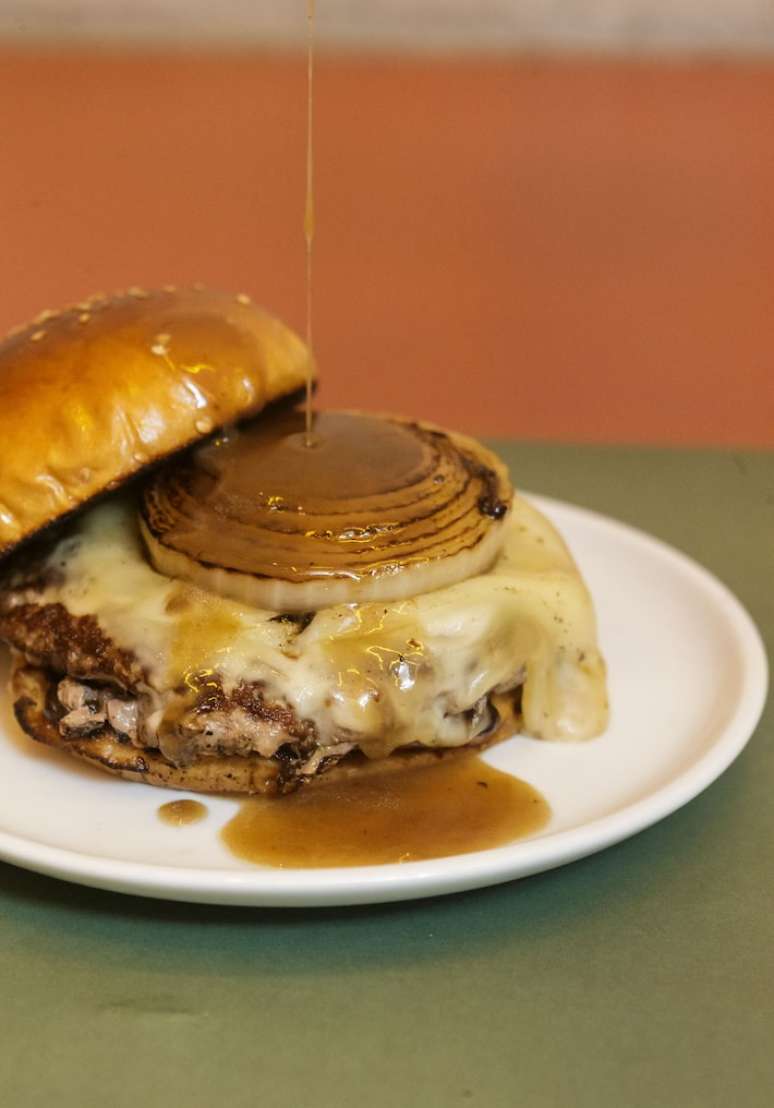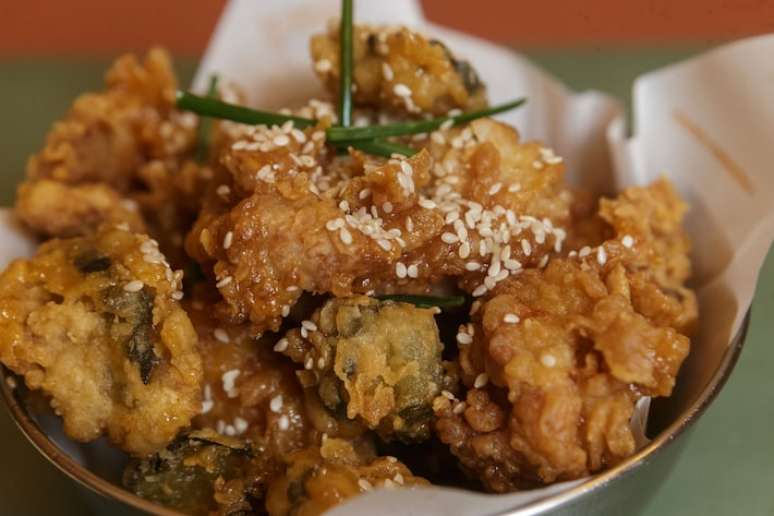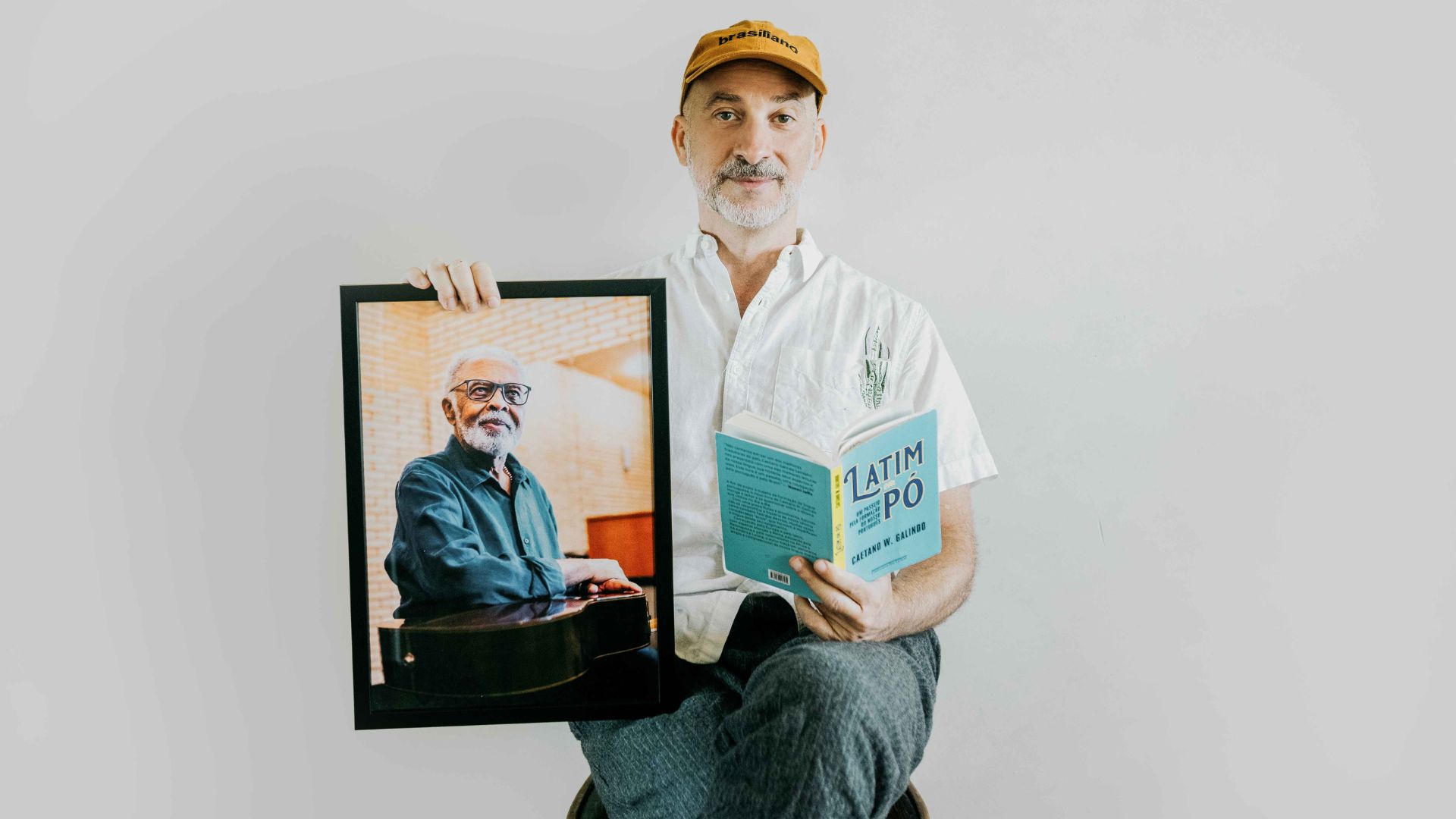Original hamburgers and the creation of rustic potatoes are some of the house’s legacies; the menu has been reformulated by chef Enrico Villela, of Elea Forneria
“Town Diner Brings Back the Golden Years” . That’s the title of the report published in State on November 11, 2004, announcing the opening of a house inspired by the atmospheres of times gone by, but with a Brazilian touch. This is Lanchonete da Cidade, with five locations in São Paulo and which this year celebrates two decades. The operation is part of Cia Tradicional de Comércio, a group that brings together locations such as Astor, Original and Bráz Pizzaria. “This was our fifth project. And, until then, the most complex of all,” recalls the founding partner of the brand, Ricardo Garrido.
The challenge, according to him, was to create their own identity, without resorting to the North American concept that dominated the market at the time. Instead of looking at what was happening outside, the partners turned inward, to recover their emotional memories. “We have always admired the way in which ‘Frevinho’ and other similar establishments have tropicalized the concept of a snack bar, but in a fun way. Like the game Hambúrguer by Seu Oswaldo, which replaces ketchup with tomato sauce,” explains Garrido.
Another goal of the project was to break with the “status quo” of most snack bars at the time, which kept the cheeseburger, cheese salad, and bacon cheese trifecta on the menu, along with a half-dozen additions. “There’s nothing wrong with that model, but we asked ourselves: why is the cheese always the same?” explains the partner and founder of the brand.
The first menu of Lanchonete da Cidade was developed by chef Ana Soares, of the artisanal pastry shop Mesa III. “It was a year and two months of work, but it was very special. We wanted to translate the effervescence of the 60s and the soul of the city into snacks,” she defines. Unlike what was seen around the world, each burger had its own recipe, a trend that was widely reproduced by the burger restaurants that emerged from then. Another difference was the use of ingredients such as brie and endive, until then unimaginable in the preparation of the sandwich. And Ana came up with the idea of the bossa nova bread, with a rounded shape and a crispy crust, which is the base of some sandwiches served at home. “The inspiration was French bread, much loved by the people of São Paulo,” Ana explains.
One of Lanchonete da Cidade’s first successes, however, was not the hamburger, but rather a side dish: the rustic potato. Although it is a common term on the menus of many restaurants, bars and snack bars, the creation came from Ana. After several trials, the chef arrived at this version with the skin and cut into irregular slices. “I was inspired by the recipe my mother used to make at home,” she says. Ana puts the finishing touches to the recipe with rosemary and confit garlic, which are thrown into the fryer and add an extra aroma to the homemade chips.

Lanchonete da Cidade has also had other milestones over its two decades. One of them was the bonbon deluxe, the first Kobe beef burger served in Brazil. Launched in 2007, the Wagyu sandwich, until then a delicacy, arrived numbered. And those who ordered the hundredth sandwich, the two hundredth and so on, received a commemorative plaque. The restaurant was also the first to serve the plant-based burger resembling meat, from the then-unknown Fazenda Futuro, in 2019.
Another milestone for the house came in 2021, when Lanchonete da Cidade underwent a renovation process. Retro was out, replaced by brutalism, an urban look with exposed concrete walls and neon. The justification was the younger clientele, who couldn’t connect with the previous architectural project. But the new aesthetic divided opinions. “There was some strangeness from older customers. We understand, but we never lacked the courage to change,” Garrido explains.

Classics revisited
To celebrate 20 years of Lanchonete da Cidade, the menu has been reformulated. It was the responsibility of chef Enrico Villela, who runs Elea Forneria and the Beef Burger restaurant – both in the north of São Paulo – to revisit the house classics. “I’ve been coming to the canteen since I was a child, when I didn’t even dream of being a chef. I was very excited about the project,” he says, who since April has been the executive chef of Bráz Trattoria and Bráz Pizzaria, both owned by Cia Tradicional de Business.
In May, the bonbon, nickname of the house burger, is enriched with a new blend of Angus and Wagyu meats. In addition to the classic (R$51), which combines rustic tomato sauce, served on bossa nova bread, the snack has a new version called bonbon 20 (R$61). Made with a 180g disc, the sandwich contains black garlic paste, gruyere cheese, grilled onion disc and short rib broth – served on bread sealed with marrow butter.

Launched last month, the new menu features some of the menu’s classic sandwiches, but in new versions. This is the case of la presse (R$49). In the original version, the burger was pressed and served with mozzarella, basil, and tomato sauce. In addition to incorporating basil into the mayonnaise, Villela replaced the sauce with tomato compote. And in the new version, the cheese used is buffalo mozzarella.
The chef also introduced some new things to the menu. “In addition to remembering the icons, I also wanted to tell new stories about São Paulo,” explains the chef. One example is the Pollo Liberdade (R$51), which celebrates the Asian influence in São Paulo. In this initial suggestion, pieces of boneless thigh and drumstick, as well as pickled cucumber, are wrapped in a tempura dough with beer and seasoned flour. And, after being fried, they are slathered with a sweet and sour and spicy oriental sauce and finished with sesame seeds and chives – they arrive at the table with sour cream.
The menu has also gained a new wing, dedicated to the “Sandubas de São Paulo”. The pacaembu (R$49), which evokes the stadium classics, combines ham ragu, peppers and steppe cheese, served on country bread. Another is the frevinho (R$47), in homage to the Frevo snack bar, which combines homemade roast beef, toasted steppe cheese, tomato jam, aioli, pickles and red onion, on country bread.
In addition to the new menu, the celebrations for the 20th anniversary of Lanchonete da Cidade include a web series with testimonials from illustrious customers and people who have been part of the restaurant’s history, such as chefs Ana Soares, André Mifano and Bel Coelho, as well as publicist Washington Olivetto. The videos will be published on the company’s social networks.
The Secret of Longevity
Just as Garrido and his partners were inspired by iconic coffee shops, the restaurant has also become a São Paulo classic. “The brand was born with this DNA of setting trends and staying ahead of the curve, but always taking care to remain familiar to our customers,” explains Lanchonete da Cidade’s brand and experience manager, Rafael Rigotto.
In a competitive and dynamic gastronomic scene like that of São Paulo, completing two decades is quite an achievement. But what is the secret to longevity? “It’s about maintaining the identity of São Paulo, but without remaining static,” Garrido defines.
Source: Terra
Ben Stock is a lifestyle journalist and author at Gossipify. He writes about topics such as health, wellness, travel, food and home decor. He provides practical advice and inspiration to improve well-being, keeps readers up to date with latest lifestyle news and trends, known for his engaging writing style, in-depth analysis and unique perspectives.









